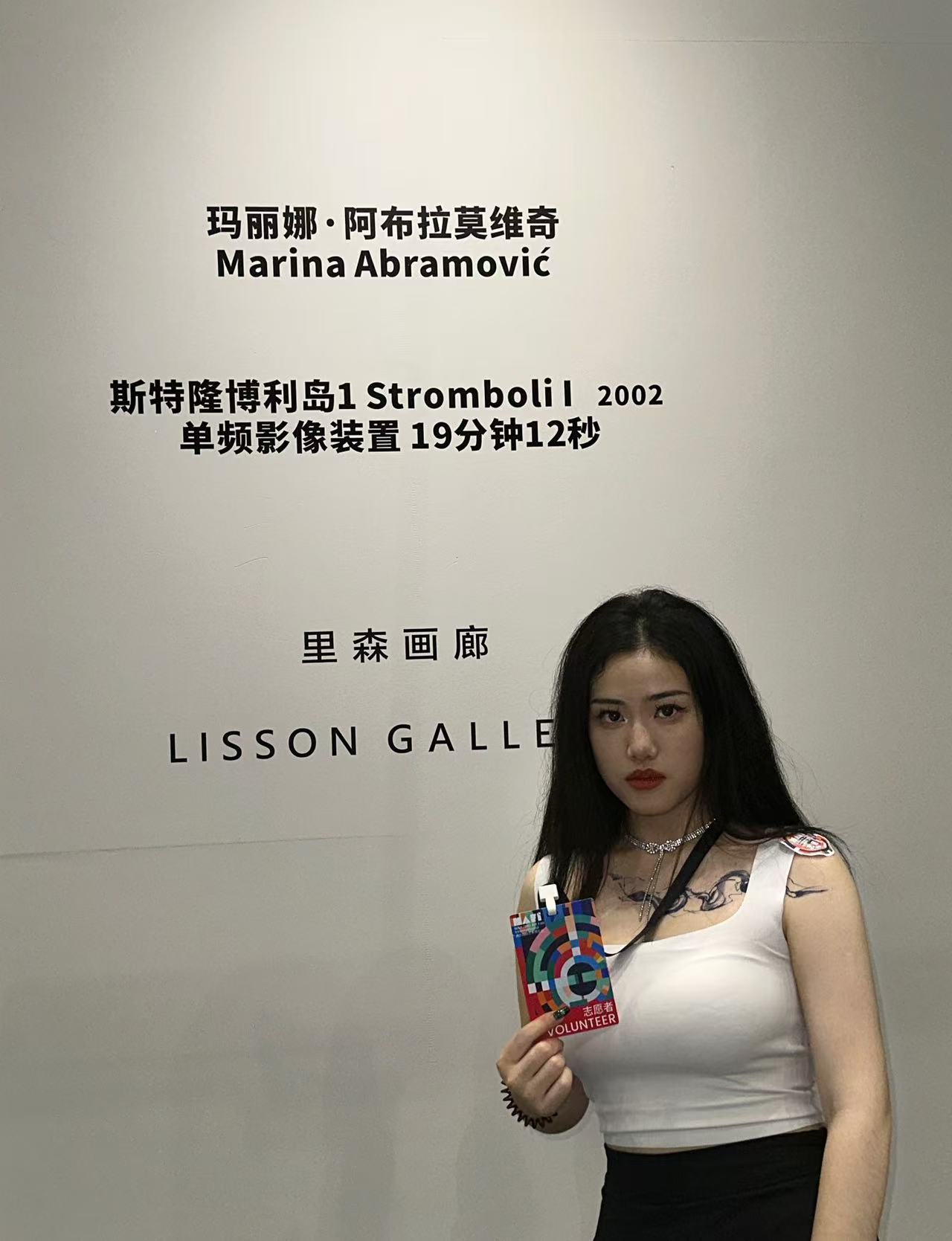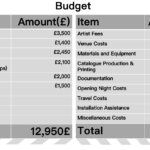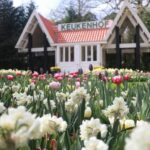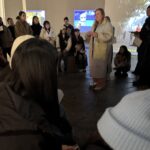Curating Intimacy: Personal Reflections and Institutional Paradigms
A Research Week Summary Based on Terry Smith’s “Exhibitionary Complex” Theory
In the aftermath of a recent breakup, I found myself drawn to Marina Abramović’s performance, “The Artist Is Present,” where she sat silently across from museum visitors, creating a space of profound connection through mere eye contact. This personal experience led me to reflect on how art institutions can curate spaces that facilitate such deep, personal engagements.
Personal Reflections on Intimacy in Art
Marina Abramović’s performances have a profound way of delving into the depths of human connection. Her piece, The Artist Is Present (2010), where she sat silently across from museum visitors, creating a space of profound connection through mere eye contact, reached an emotional peak when her former lover and collaborator, Ulay, unexpectedly sat across from her. This silent yet deeply moving reunion after years of separation encapsulated the lingering bonds of past relationships and the unspoken emotions that endure over time.
Reflecting on this, I see parallels in my own life. The silent communication, the unspoken understanding, and the emotional intensity of that moment mirror the complexities of my recent experiences. It made me ponder: Can an exhibition capture such profound moments of human connection and separation?
Institutional Paradigms and the Future of Curating
Building upon Terry Smith’s concept of the “Visual Arts Exhibitionary Complex” (VAEC)https://intellectdiscover.com/content/journals/10.1386/jcs.6.2.170_1, which views art institutions as dynamic ecosystems where various platforms intersect, I considered how institutions like the Fruitmarket Gallery in Edinburgh embody the philosophy of public space. By transforming exhibitions into open dialogues and treating knowledge as a commons, they create environments where personal and collective narratives intertwine.
Integrating Personal Experience with Curatorial Practice
Inspired by these reflections, I envision an exhibition that not only displays art but also invites visitors to engage with their own experiences of love and loss. This could involve:
• Interactive Installations: Spaces where visitors can share their own stories or reflections, creating a collective narrative that evolves throughout the exhibition.
• Immersive Environments: Utilizing soundscapes, lighting, and spatial design to evoke the emotional landscapes associated with intimate relationships.
• Personal Artifacts: Encouraging participants to contribute personal items that symbolize their experiences, blurring the lines between artist and audience.
In the end
By intertwining personal reflections with institutional paradigms, I aim to curate an exhibition that serves as a space for communal healing and understanding. This approach aligns with the evolving role of curators as facilitators of experiences that restructure knowledge, power, and public space.
I invite you to share your thoughts and experiences. How can art institutions better facilitate personal engagement and reflection?
Leave a comment and challenge my analysis!
References
• Abramović, Marina. The Artist Is Present. Performance at The Museum of Modern Art, New York, 2010. MoMA Exhibition
• Smith, Terry. Curating the Complex & The Open Strike. Berlin: Sternberg Press, 2022. Sternberg Press









